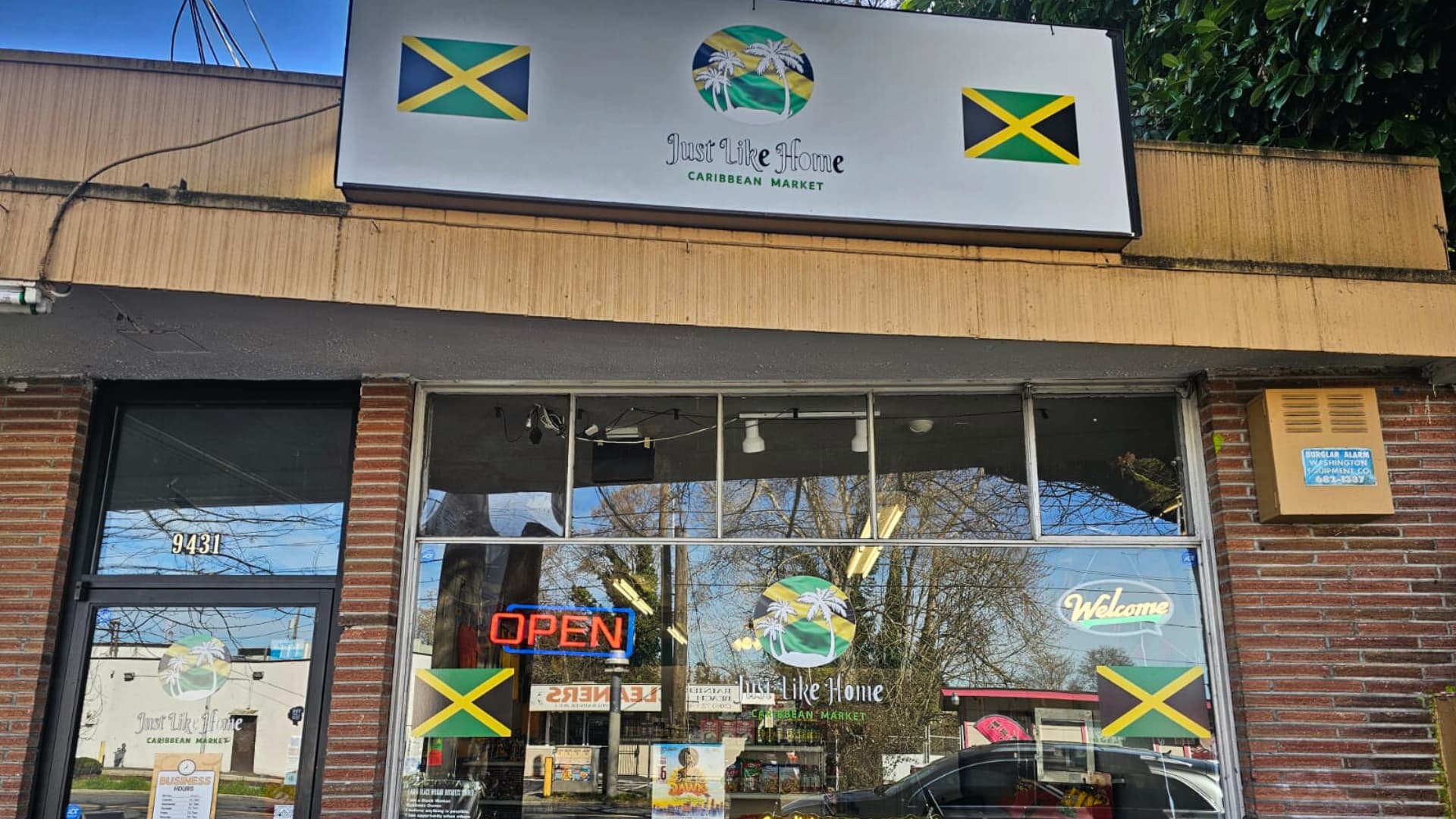It was at the turn of the twentieth century that what we now know as hair relaxers was created and by a small accident, Garrett Augustus Morgan was working in a sewing machine repair shop where he was attempting to invent a new lubricating liquid for the machine needle. He wiped his hands on a wool cloth and when he returned the next day, he found that the cloth was smooth where he had wiped his hand. The lubricating liquid had changed the texture of the wool. Excited by the possibilities he experimented on a dog with curly textured hair and the same result was obtained.
Morgan eventually tried the lubricating liquid invention on his hair and dubbed it a “hair refining cream”. That was the first chemical hair straightener and from then till now people of curly hair types have been using this cream to relax the curl pattern in their hair for it to be permanently straight.
Since then, chemical hair relaxers have come a long way there are more conditioners added to relaxers and they are less likely to burn the hair to a crisp because of scientific testing and experiments with other alkaline compounds that can relax the hair’s curl pattern. Lets take a look at hair relaxers and what they contain.
Lye Relaxers
A lye relaxer consists of sodium hydroxide (also known as NaOH or lye) chemicals with a pH factor of 10 to 14. The higher up on the pH scale we go, the more alkaline is the product and the faster it will break down the hair bond. Mixed with other ingredients: petroleum jelly, emulsifiers, water and mineral oil, a creamy lotion is created. This creamy relaxer or lye cream when placed on the hair penetrates the hair’s protein structure and breaks down the hair bond; in the process it loosens the curl pattern of the hair. The sodium hydroxide content varies in different relaxer brands and are labeled as mild or strong. Sodium Hydroxide is quite strong and produces a longer lasting effect than other relaxers. It makes hair straighter and smoother. However, it is such a strong product that it is the active ingredient in drain cleaners (now banned in several countries because of its potency). The damage potential of sodium hydroxide is really high so handlers of this chemical have to use it with care.
No-Lye
There are three main types of no-lye relxers: potassium hydroxide, which operates on the same general principle as sodium hydroxide but with a weaker alkaline agent, lithium hydroxide and guanidine hydroxide. Guanidine hydroxide is a mixture of calcium hydroxide and guanidine carbonate. They are usually packaged separately and then mixed before application. Guanadine hydroxide is still a powerful chemical, however, its power is tempered somewhat by being a tad bit lower alkaline wise than sodium.
Another no-lye relaxer is: ammonium thioglycolate (perm salt), when applied gives the hair permanent waves. Perm salt is a chemical reducing agent, which weakens the hair’s cystine bonds and strips the natural oils even more thoroughly than the alkali hydroxide products. After this process the chemical has to be oxidized with hydrogen peroxide or sodium bromate. This should explain why permanent waves require moisturizing all the time and why getting a ‘perm’ involves using chemicals just the same as getting a ‘relaxer’.
A much weaker no-lye relaxer option is ammonium sulfite/bisulfite. They are much weaker than other no-lye chemicals and work much slower than their chemical counterparts. They also have a significantly lower alkaline pH.
Source:
Henderson-Brown Stephanie, Avadis Catherine, Advanced Hairdressing: A Coursebook for Level 3, Nelson Thomes Ltd, 2004
About The Author
Brenda Barrett is an author and freelance writer. She has written for several websites, including her own- blackhair101 and fiwibooks, on topics ranging from healthy hair care maintenance, human resources, Android Apps, publishing and fictional stories from all genres. She is an avid reader of fictional novels, a habit that she picked up from she was very young. This love of fiction spilled over into writing and she currently has several novels on the market.





